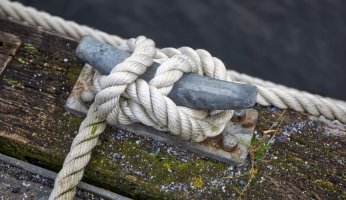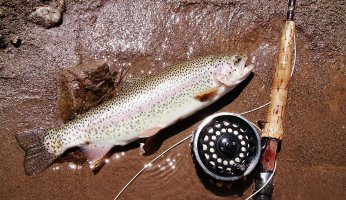Snagging Suckers
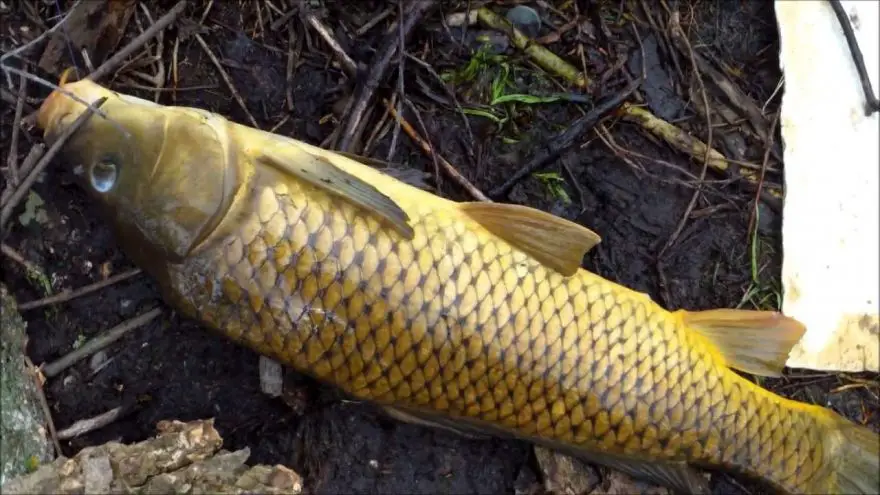 Snagging Suckers
gearweare.net
Snagging Suckers
gearweare.net
Suckers are a bottom feeding fish that most of us have accidentally caught at some point or another. However, there is a reason and way to target these fish. Red and yellow suckers are absolutely delicious and lots of fun to catch. This ancient fish has hard, armor-like scales. However, with the right method you can get through that armor.
Suckers have small mouths, and trying to lure them to a hook rarely works. However, this fish reaches a good size. In the springtime you can see dozens of them stacking up in the shallow water of streams and rivers. This is the ideal time to go after this strange fish. So why is it so much fun to snag suckers?
With this particular type of fishing, you are trying to hook the body of the fish. The head is the ideal place to hook it, but anywhere will do. You wade out into the cool, crystal clear water and remain perfectly still. The fish will swim right up to you, and it is time to take action. Your goal is to place your hook in front of the fish and wait for it to swim over, or to cast it upstream and let the current drag the hook under the fish. Then it is time to strike.
Whenever I go turkey hunting in the springtime, I always pack my gear for snagging suckers. When I head to the Ozark Mountains, I know I will likely have a chance to do some fishing in the afternoons when hunting is not allowed. It is a great way to unwind after a tense morning.
In this article, I will cover the gear and technique for successfully snagging suckers. I will also cover some alternative methods people use for catching these fish.
Table of Contents
Gear
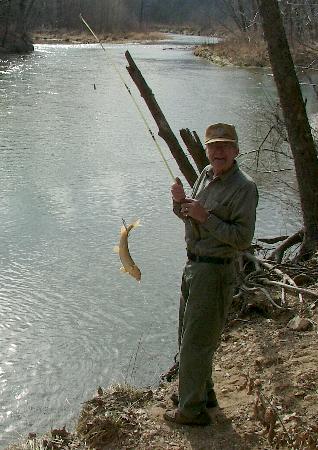
As you put together your gear for snagging suckers, think about the type of fish you are targeting. This is a heavy fish that will typically fight hard. It has thick scales that need to be penetrated with one swift draw of your rod. There is little finesse needed for this type of fishing.
- A good rod for this type of fishing is going to be a medium-heavy fiberglass rod. It needs to be fairly long and as stiff as possible. You want little bend in your rod when you go to set the hook.
- The line needs to be heavy as you do not know how big the fish will be. There really is no advantage to thin line as there is no lure or bait to work in the water. I would say 5 to 10 lb. test line is ideal for this type of fishing.
- A large treble hook should be used for this type of fishing so you can hook the fish from any angle. I often either spray paint the hook bright orange to make it more visible in the water, or tie a white bread tie to one of the barbs. It is vital to be able to see your hook in the water.
- A large split-shot attached to the line at the hook will weigh down the hook keeping it upright on the bottom of the stream. This makes you more likely to hook a fish and less likely to hook a rock.
Where to Fish
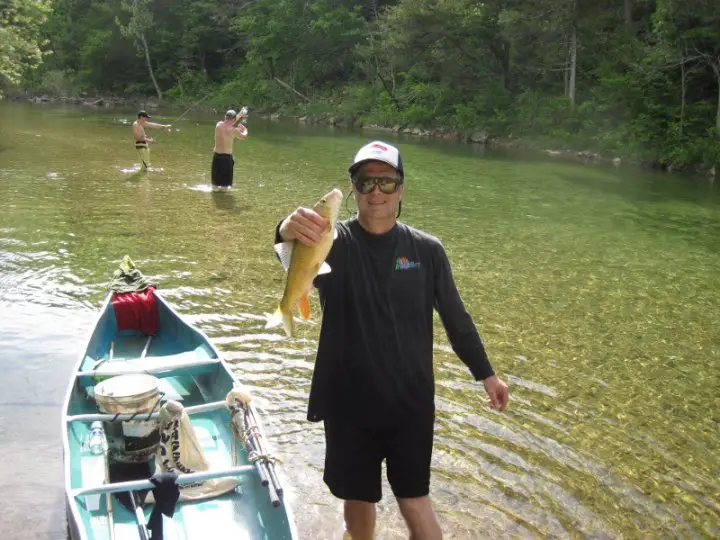
In the springtime, suckers are spawning and move from deep water into the shallow water of smaller streams. There are a few ideal places to look for the fish.
- The best spot for suckers is going to be a deeper pool just downstream of a feeder stream. You will see the fish sitting very still in the bottom of these pools.
- You will find suckers in slack water sections or eddies just below a riffle in the stream.
- In larger streams and rivers. you can also find them in the water just downstream of a logjam.
How to Fish
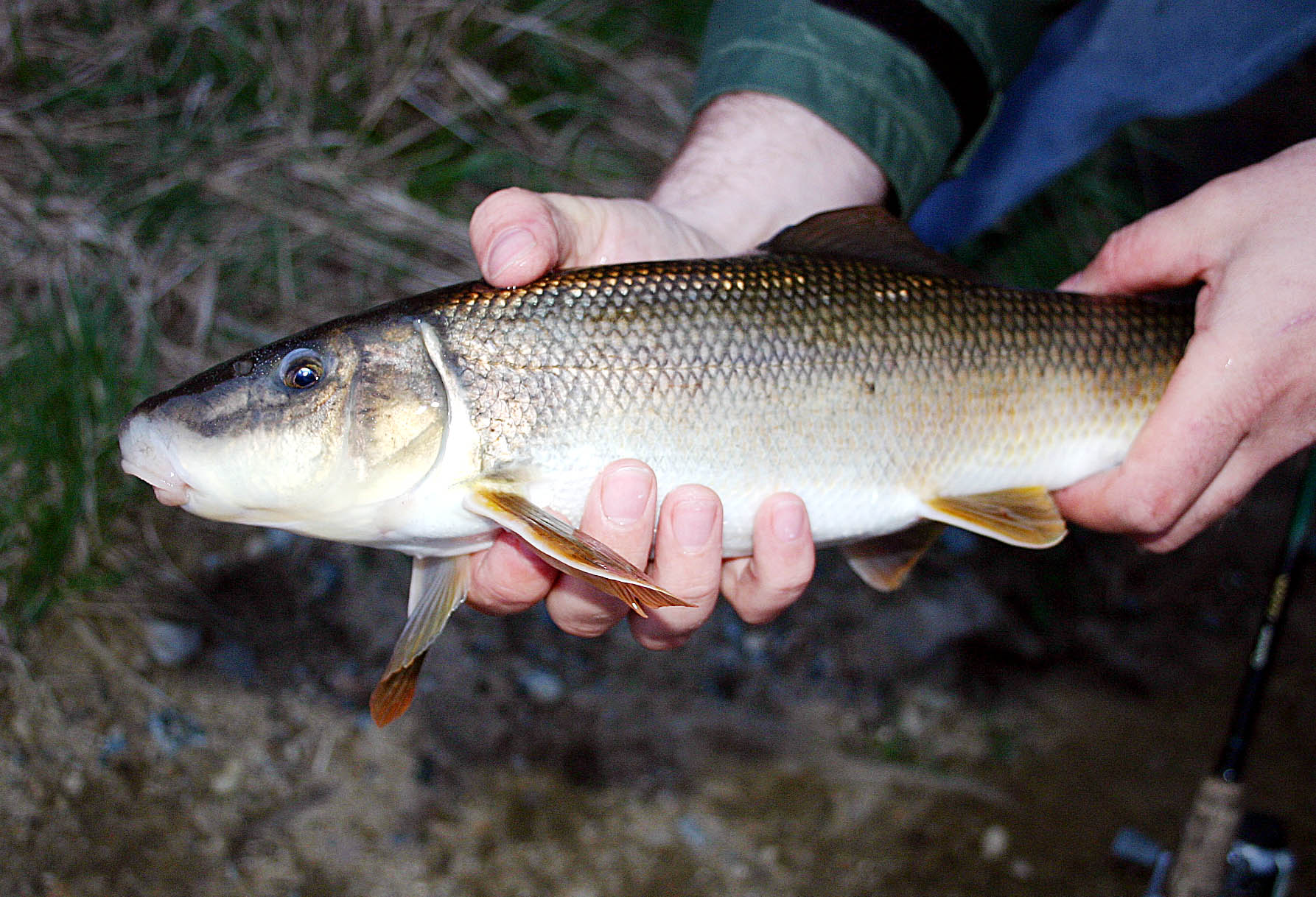
As stated before, wade out into the water and wait a moment for the fish to get closer. Cast upstream and wait for the fish to swim over the hook or for the hook to be dragged under the fish.
At the right moment jerk the rod straight up and reel in your fish. It will take some practice to adjust to the light refraction. Remember that the fish you are seeing are actually a bit lower and closer to you than they appear. As light refracts off the surface of the water, it distorts the image.
You will also have to be careful of the glare on the surface. If the sun or clouds are reflecting off the surface of the water, you will not be able to see your hook or the fish. On these days you have to wait it out until the conditions change, or find a pool that is shaded by trees.
If you have several people fishing, you can post people upstream and downstream to throw large rocks and keep the fish corralled in that pool. As you start pulling fish out of the water, they will sometimes try to run upstream or downstream.
Other Options
There are two other methods by which people target suckers, and both are done from a boat. Either a canoe or a flat bottom boat can work fine for this. My grandfather used to float the Eleven Point River in a canoe with a frog gig. This is a trident looking tool most often used to spear bullfrogs for frog legs. However, with the fish gathering by the dozens in shallow water it can work well for suckers.
The other method I have seen is bow-fishing. Most people use a flat bottom boat and stand on the front deck to get stable footing. Again, you have to adjust for the light refraction when gigging or bow fishing for suckers.
The comment I hear most often from anglers new to snagging suckers is that they would like to see how they taste. The fish are often eaten by the more experienced fishermen before the newbies get a chance to eat. Suckers are quite tasty, so cook one up before somebody else eats it. I sometimes see groups of people with half of them snagging and the other half cooking fish on the shore. More important than a meal, be sure to enjoy trying a style of fishing that should be an interesting change of pace for the average angler. You should also check our guide on how to snug spoonbills.





